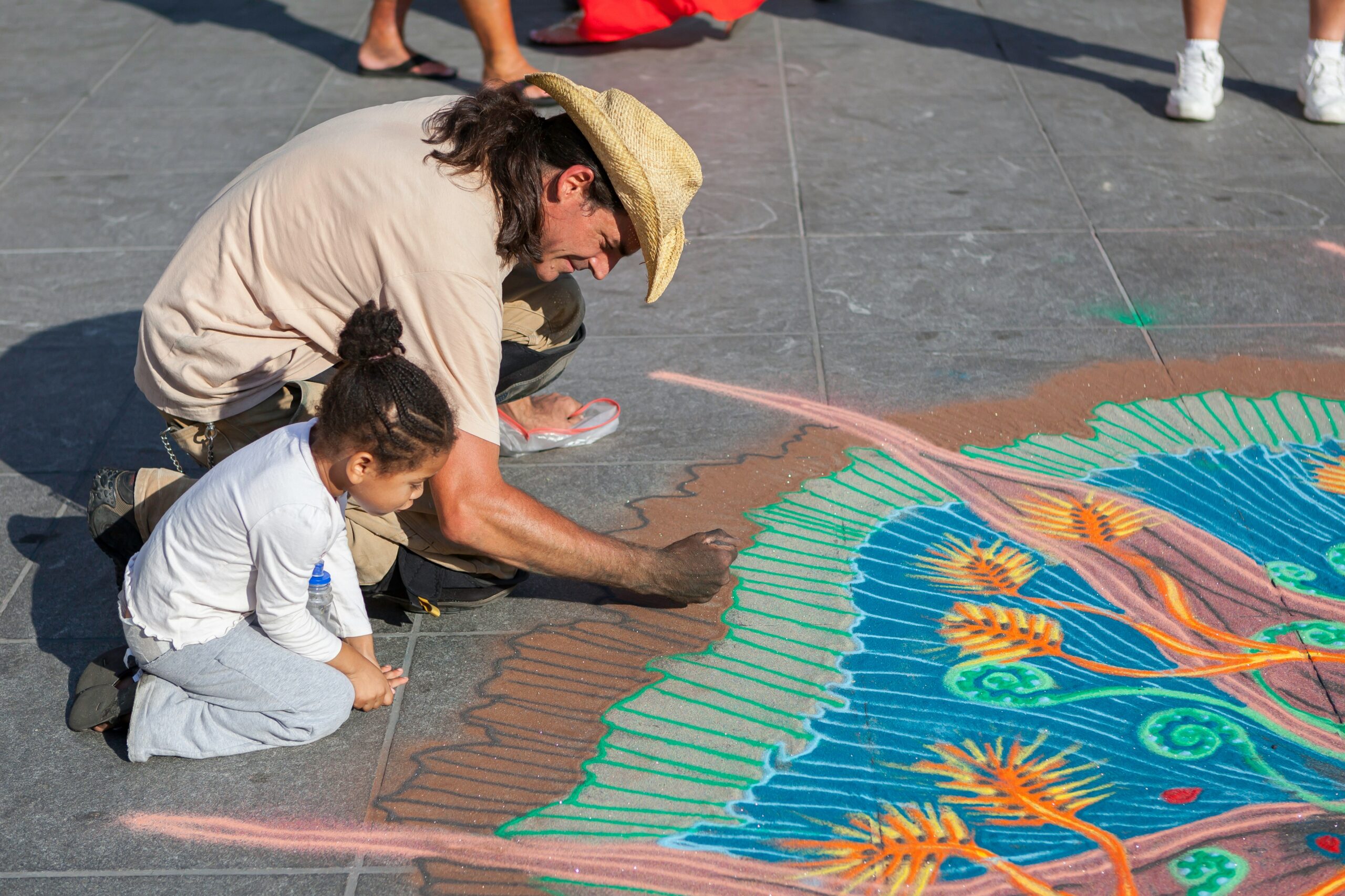
Art has always been more than decoration—it is a reflection of human experience, a form of communication that transcends generations and cultures. Whether through murals on city walls, sculptures in public spaces, or performances on local stages, art has the power to strengthen communities by inspiring unity, reflection, and resilience.
Honoring artistic contributions is about more than celebrating individual talent. It is about recognizing how creativity shapes collective identity, builds bridges across differences, and provides a voice for the voiceless. When communities embrace art, they embrace transformation.
Public Art as a Shared Experience
Public art has become one of the most visible ways that creativity impacts communities. Murals, monuments, and installations bring color and meaning to urban landscapes, turning ordinary walls and parks into spaces of reflection and pride. These works often tell local stories, preserving history and cultural identity for future generations.
By existing outside the traditional confines of galleries or museums, public art is accessible to all. It creates opportunities for shared experiences, where residents and visitors engage with the same creative vision. In doing so, it fosters a sense of belonging and community ownership over shared spaces.
Art as a Tool for Social Change
Artistic contributions have long been catalysts for social change. Painters, poets, dancers, and musicians use their platforms to shed light on injustice, spark difficult conversations, and inspire collective action. From protest songs to street art addressing inequality, creative expression often drives momentum for societal transformation.
Communities benefit deeply from this kind of engagement. Art not only raises awareness but also provides hope and empowerment. It turns abstract issues into human stories that resonate emotionally, prompting people to reflect, empathize, and take action. When we honor such works, we honor the courage of artists who speak truth through their craft.
Preserving Cultural Identity
Cultural traditions are often passed down not only through language and ritual but also through art. Storytelling, dance, craftwork, and music carry the histories of communities, preserving legacies that might otherwise be lost. These contributions serve as a living archive, connecting past and present.
When artists highlight cultural identity through their work, they strengthen pride and awareness within their communities. They also offer outsiders a window into traditions that deserve recognition and respect. By honoring these contributions, societies safeguard diversity and ensure that cultural voices remain vibrant in an ever-changing world.
Healing Through Creative Expression
Art has the unique ability to heal. In communities facing trauma, conflict, or displacement, creative outlets become spaces for processing emotions and rebuilding resilience. Painting, writing, or performing allows individuals to channel their experiences into something constructive, fostering both personal and collective healing and recovery.
Community-based art programs play a critical role in this process. Workshops, performances, and exhibitions provide a safe environment where participants can share their stories. Honoring these contributions means recognizing art not only as a cultural resource but also as a therapeutic one that helps communities rebuild from within.
Youth Empowerment Through Art
For younger generations, art serves as a powerful tool for self-discovery and empowerment. Programs that introduce children and teens to painting, theater, music, or dance offer more than just creative outlets—they provide opportunities to build confidence, discipline, and leadership skills.
Communities thrive when their youth are engaged in positive, expressive endeavors. Art education also nurtures critical thinking and problem-solving, preparing future leaders to approach challenges with creativity. Honoring youth-centered artistic contributions is a way of investing in tomorrow’s innovators and community builders.
Art and Economic Revitalization
The impact of art on communities is not only social and cultural but also economic. Revitalized neighborhoods often use art as a cornerstone for renewal. Murals attract tourists, galleries encourage investment, and creative festivals bring business to local vendors. These contributions generate pride while also supporting livelihoods.
Artists themselves contribute significantly to local economies, often working as small business owners, educators, or collaborators with industries such as design and entertainment. Recognizing their contributions is essential to understanding the broader value of art—not just as an expression of culture but as a driver of economic sustainability.
Collaboration and Community Engagement
Art flourishes when communities are directly involved in its creation. Collaborative projects, such as community murals or participatory theater, ensure that creativity is not limited to professionals but is shared by all. These efforts break down barriers, giving people of all ages and backgrounds a voice in shaping their environments.
Honoring such contributions acknowledges the importance of inclusivity in the arts. When communities participate in the creative process, the result is not just a finished work but a stronger sense of unity, ownership, and pride. These collaborations often leave lasting legacies that extend far beyond the physical artwork itself.
Inspiring Hope and Vision
The most profound impact of art is its ability to inspire hope. In times of uncertainty or struggle, creative works remind communities of their resilience, creativity, and shared humanity. Art provides a vision of what is possible, offering both comfort and motivation to pursue a brighter future.
By honoring artistic contributions, we celebrate the spirit of possibility they ignite. Whether through a powerful performance, a thought-provoking mural, or a song that unites voices, art has the power to remind people of their capacity to dream and to create change.
Toward a Future Shaped by Art
As we look toward the future, it is clear that art will continue to shape and strengthen communities. Its accomplishments are not limited to galleries or cultural institutions—they live in streets, schools, parks, and shared public spaces. Each artistic contribution, no matter its scale, becomes part of a larger story of community resilience and inspiration.
Celebrating art for its impact affirms that creativity is a cornerstone of human progress. By honoring these contributions, we reinforce the truth that art is not a luxury but a necessity. It is the foundation of identity, healing, and hope—a force that will continue to guide communities forward for generations to come.